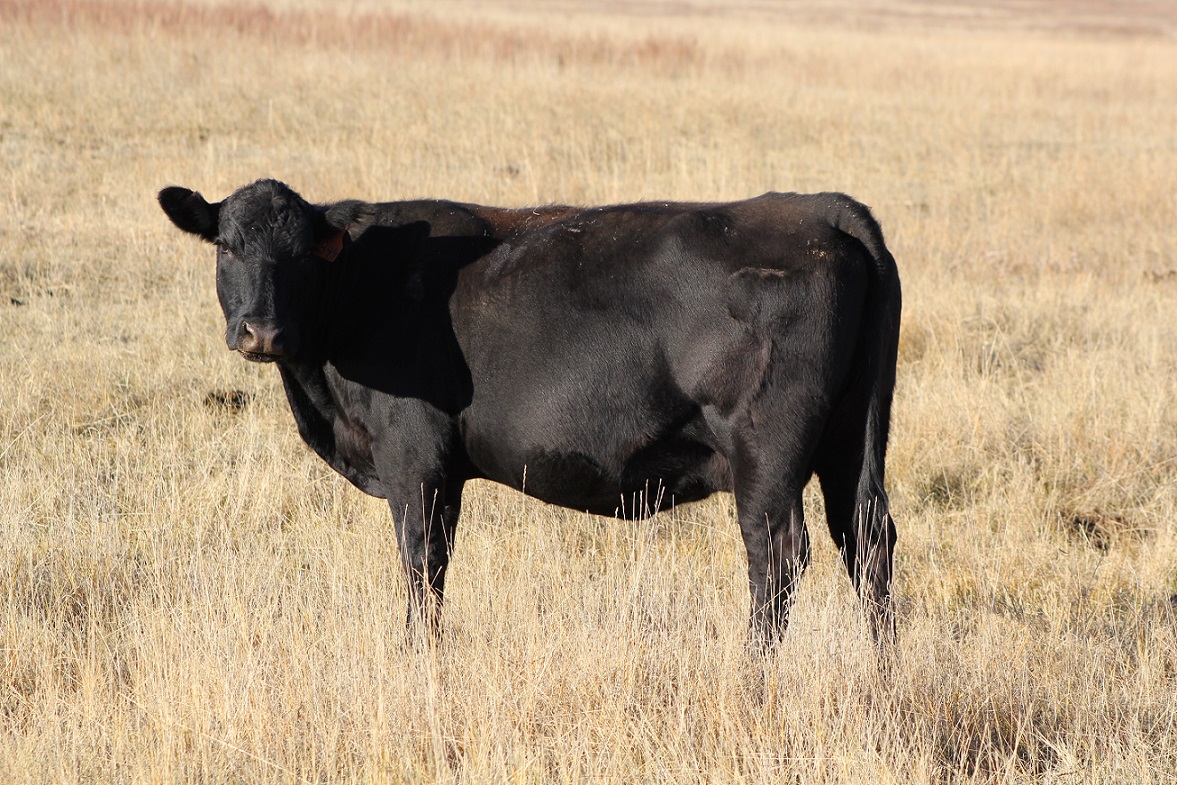
By Dennis Bauer, NE Extension Educator
Typically the sale of cull cows accounts for 15 to 30% of the yearly gross revenues of cow-calf operations in the U.S. Historic cull cow prices over the past 30 years have been the lowest in the months of November, December & January; and at their highest in level in March, April and May. Prices in the summer are typically near the average for the year. Past records indicate that on a percent of the annual selling price for cull cows set at 100% over a twelve month period, prices can vary from 93% in the November-December time frame to 106% in months of April and May.
If you have been selling cows in the fall as your normal practice, it may be profitable to feed cull cows by considering this seasonal price pattern. Feeding in late fall through February will allow you to take advantage of the seasonal price increase in the spring months. Feeding cows for a period of time can also add value by increasing final weights, but most importantly, improving dressing percentage and quality grade. A 6% to 20% increase in price can be expected when improving grades from a Canner to Utility grade.
Cull cows will need 20 to 24 inches of bunk space and should be worked up on high energy diets just like feedlot cattle to minimize metabolic disturbances. Cows need to be sound, healthy, and in thin to moderate body condition for this kind of program. Cows that are unsound or carrying extra condition should be marketed directly to the packer. (Remember that cows need to walk on their own to be taken at the packing plant.)
Research data from UNL and SDSU would suggest that cows can gain from 2.5 to over 3.3 pounds per head per day, depending on the length of the feeing period and the ration fed. Normally the shorter the feeding period, the higher the average daily gain will be. To increase at least one quality grade, cows should be fed a minimum of 50 to 60 days, but not over 100-110 days. If fed over 100 to 110 days, feed efficiency and rate of gain generally declines, as well as the risk of excess body condition on the cows which can cause these cows to be discounted in price.
Grazing cows on corn stalks and or windrow grazing annual forages along with a supplementation program is also an option. Weight gains of 2.0 to 2.5 pounds per head per day can be realized. If no supplementation is provided, weight gains of 1.5 pounds per head per day could be expected.
In summary, the sale of cull cows can represent a substantial percentage of the annual income on any cow-calf operation and should not be overlooked when it comes to marketing this class of animal.
Cull cows are not very efficient and all possible management strategies need to be explored (such as ionophores, implants, etc.) with a well-planned feeding regime and a balanced ration that will meet the requirements of the desired average daily gain. With a carefully managed program in place, feeding cull cows can add dollars to the bottom line in a cow calf operation.
For more information on feeding cull cows please contact your local Nebraska Extension office or go to UNL BEEF website (http://beef.unl.edu). You can also contact Dennis Bauer, Nebraska Extension Educator in Ainsworth at 402-387-2213, 402-760-1549 (cell), or e-mail (dbauer1@unl.edu). Information for this article came from the University of Nebraska (Drs. Rasby, Funston, Wright, and Feuz) and South Dakota State University.
To listen to BeefWatch podcasts go to: https://itunes.apple.com/us/podcast/unl-beefwatch/id964198047 or paste http://feeds.feedburner.com/unlbeefwatch into your podcast app.